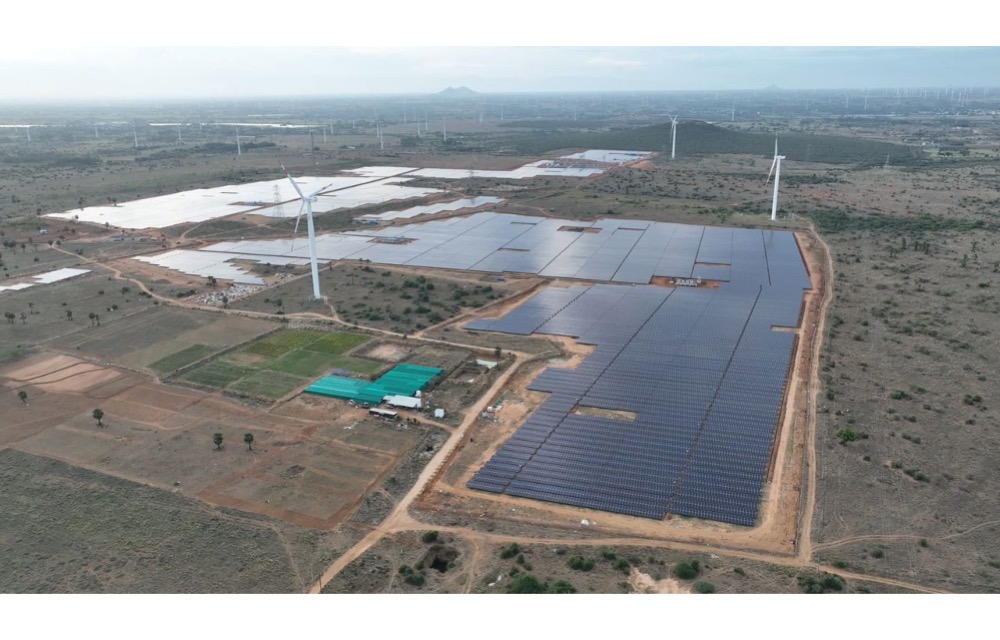- Statkraft has revised its strategic goals for the future, with a focus on hydropower
- It has scaled down targets for renewable energy that comprises solar PV, onshore wind and battery storage
- The decision takes into consideration challenging market conditions for the renewable energy industry
Under the leadership of its recently appointed President and CEO Birgitte Ringstad Vartdal, Norwegian state-owned energy producer Statkraft has scaled down its renewable energy targets under new strategy that focuses on the ‘most value-creating opportunities with the best strategic fit’.
Under its ‘sharpened strategy’, Statkraft will target an annual development rate of 2.0 GW to 2.5 GW from 2026 and onwards for solar, onshore wind and battery storage projects as it aims to become a major developer of these technologies.
Previously, it aimed for 2.5 GW to 3.0 GW from 2025 and 4 GW from 2030 (see Statkraft Ups Renewable Energy Ambition).
For offshore wind, it has pulled down the target of developing 10 GW by 2040 to now between 6 GW to 8 GW. As for green hydrogen, its revised target is now to deliver between 1 GW to 2 GW by 2035, down from 2 GW by 2030.
It plans to seek growth in solar, wind and batteries business in Europe and selected international markets, but divest district heating business and find investors for its biofuels company Silva Green Fuel and the EV charging company Mer.
Instead, under the new strategy Statkraft will prioritize value creation from its core businesses hydropower and market operations to become Europe’s ‘largest’ hydropower company.
“The transition from fossil to renewable energy is happening at an increasing pace in Europe and the rest of the world,” explained Vartdal. “However, the market conditions for the entire renewable energy industry have become more challenging. We are therefore sharpening our strategy to allocate the capital to the most value-creating opportunities with the best strategic fit.”
Statkraft said the entire energy market has become more challenging as energy prices go down, but technology costs and capital costs increase. Market regulations and support policies are delayed, and geopolitical uncertainty has increased.
“With a sharpened strategy, we are well equipped to deliver both good value creation for the owner and to be a strong driving force in the energy transition in Norway, Europe and the world,” added Vartdal.


